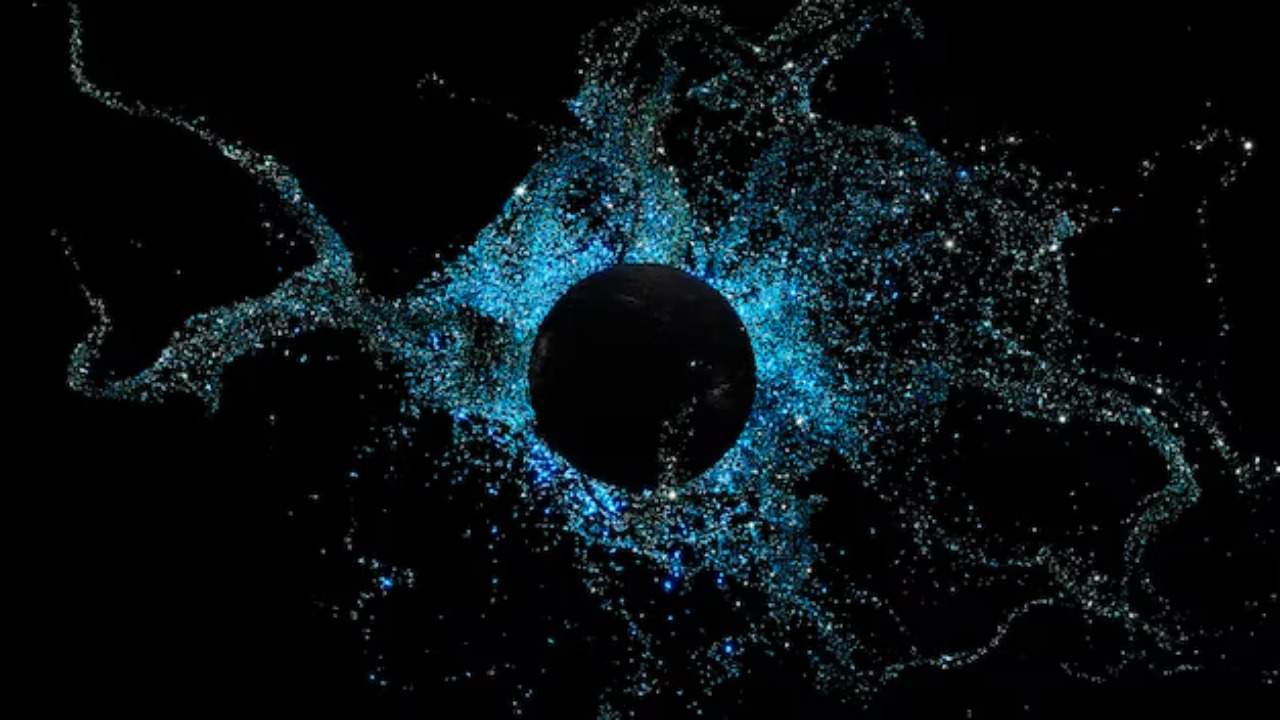
Recent theoretical models suggest that dark matter, an elusive substance constituting about 85% of the universe’s mass, could interact with light in a way that leaves a detectable “fingerprint.” This development aligns with ongoing efforts to build next-generation detectors, such as the LUX-ZEPLIN (LZ) experiment, which is on a fast track to probe dark matter more deeply. A rare signal from the early universe, detected through advanced observations, is providing new clues about dark matter’s properties, suggesting possible interactions that could be verified with upcoming experiments.
Understanding Dark Matter’s Elusive Nature
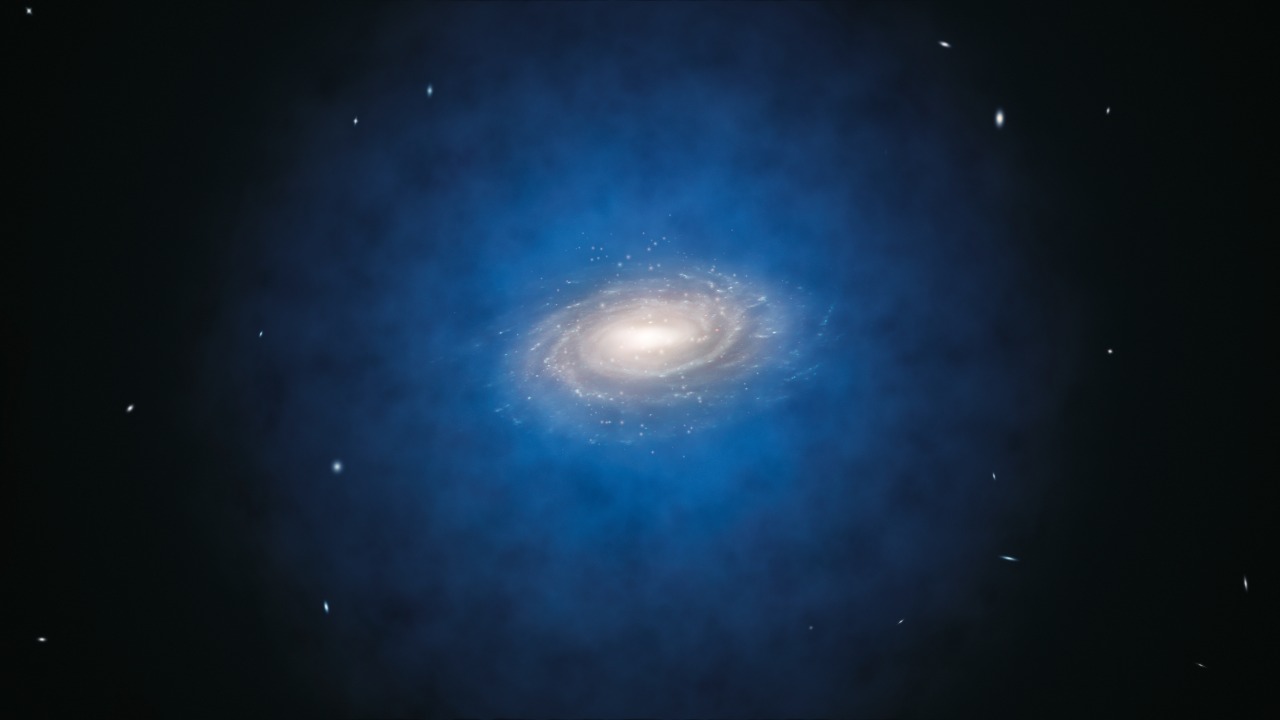
Dark matter remains one of the most profound mysteries in cosmology. Despite making up around 85% of the universe’s mass, it primarily interacts through gravity, leaving its other properties largely unknown. However, theories are now exploring potential weak electromagnetic couplings that could manifest as light distortions, offering a new avenue for investigation (Aeon).
The search for dark matter has historically been divided between particle-based models and alternative superfluid hypotheses. The potential for light interaction could bridge these ideas, providing a unified approach to understanding this elusive substance. However, the lack of direct signals in previous experiments presents a significant challenge, setting the stage for light-based “fingerprints” as a novel approach (Fermilab News).
The Proposed Light Interaction Mechanism
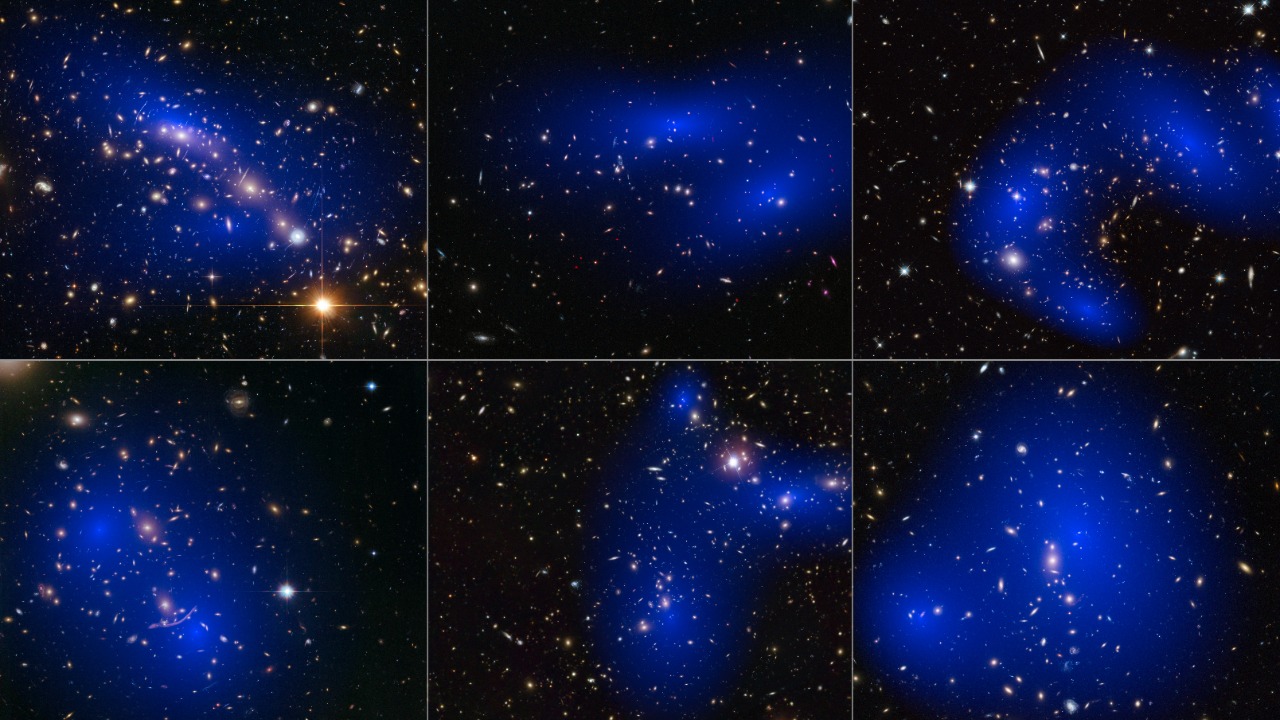
The theoretical basis for dark matter’s potential “fingerprint” on light involves subtle polarization changes or spectral shifts caused by hypothetical particles or fields. This interaction might differ from known gravitational effects, focusing on electromagnetic signatures that could be measured in cosmic microwave background data (Interesting Engineering).
Mathematical models supporting this theory include simulations of light propagation through dark matter halos. These models suggest that the interaction between light and dark matter could leave a distinct signature, providing a potential pathway to detect and study this elusive substance (Interesting Engineering).
Evidence from Early Universe Signals
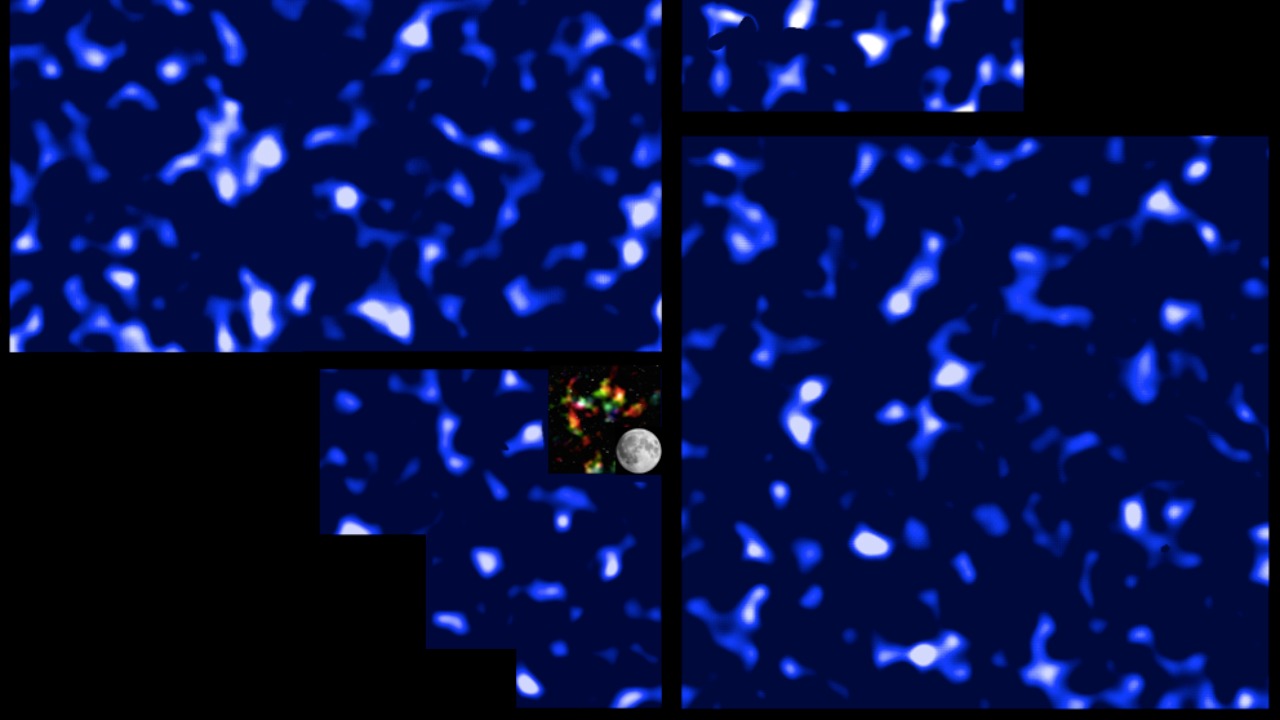
A rare signal detected from the early universe, specifically from approximately 180 million years after the Big Bang, exhibits anomalies consistent with dark matter influencing light paths. This signal provides new clues about dark matter’s properties and suggests possible interactions that could be verified with upcoming experiments (The Seattle Times).
Data from observations like those by the Planck satellite show potential dark matter imprints on cosmic light patterns. These findings raise questions about the composition of dark matter, such as whether it behaves as subatomic particles or a superfluid medium affecting photon behavior (The Seattle Times).
Advances in Detection Technology
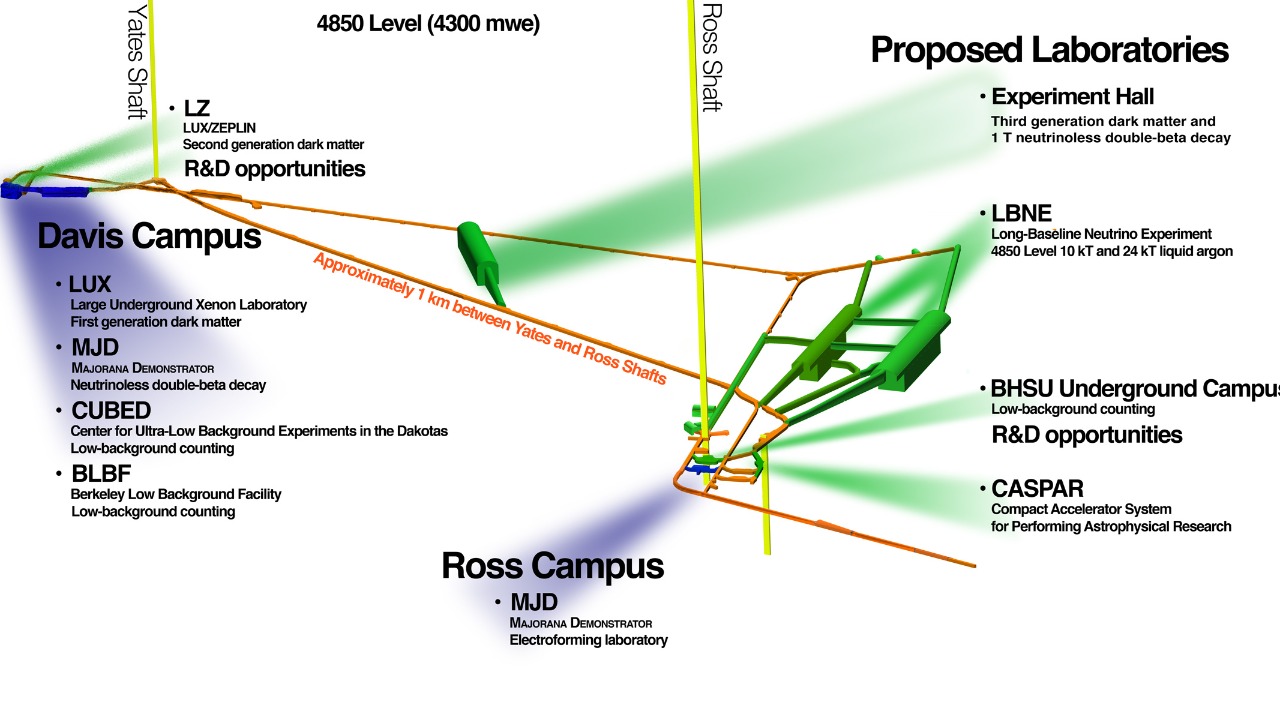
The LUX-ZEPLIN (LZ) detector, a next-generation instrument at the Sanford Underground Research Facility in South Dakota, is designed to detect rare dark matter interactions with improved sensitivity. This detector is on a fast track, with assembly and testing phases accelerating toward full operation by the mid-2020s (Symmetry Magazine).
Complementary efforts are also underway at Fermilab, where researchers are racing to deploy detectors capable of capturing light-mediated dark matter signals. These advancements in detection technology could potentially revolutionize our understanding of dark matter (Fermilab News).
Theoretical Models: Particles vs. Superfluids
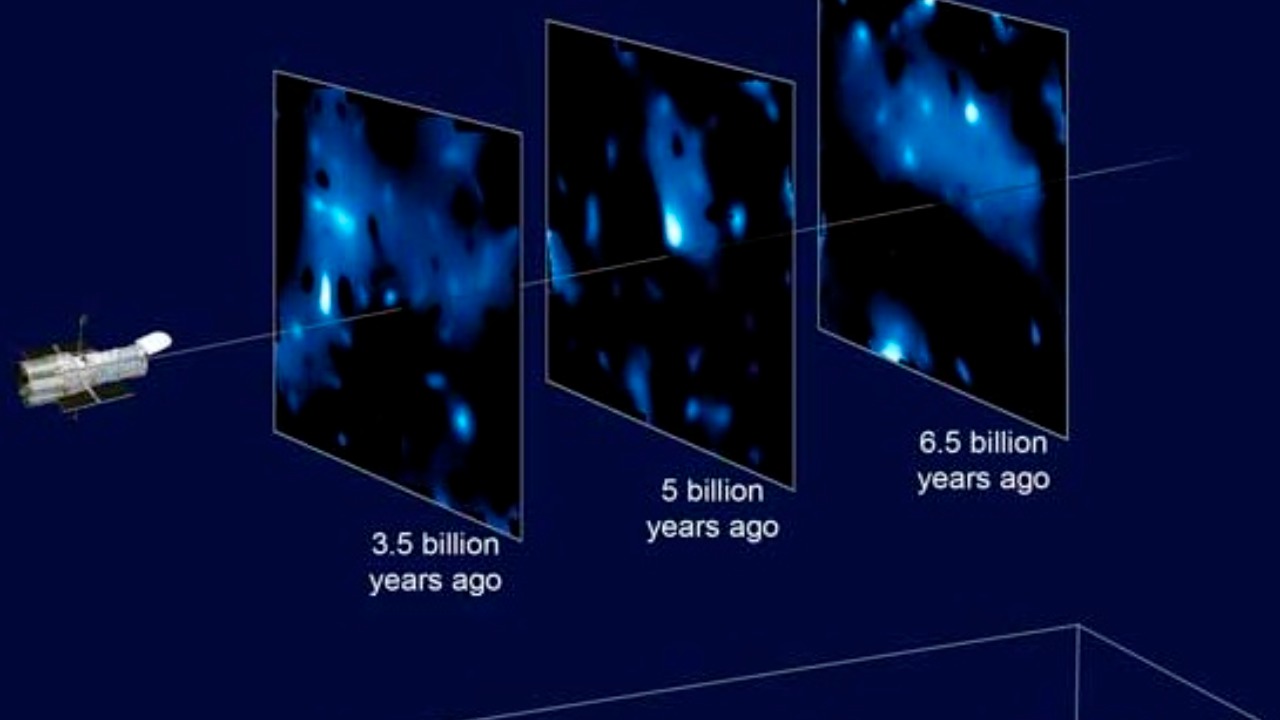
Particle dark matter models, such as WIMPs, suggest that dark matter might produce light fingerprints through weak interactions. These models provide a particle-based approach to understanding dark matter and its potential interactions with light (Aeon).
On the other hand, superfluid dark matter theories propose that collective quantum effects could imprint on light via modified gravitational lensing or dispersion. Hybrid models combining both particle and superfluid theories could potentially explain observed light anomalies in galaxy clusters (Interesting Engineering).
Future Implications and Experiments
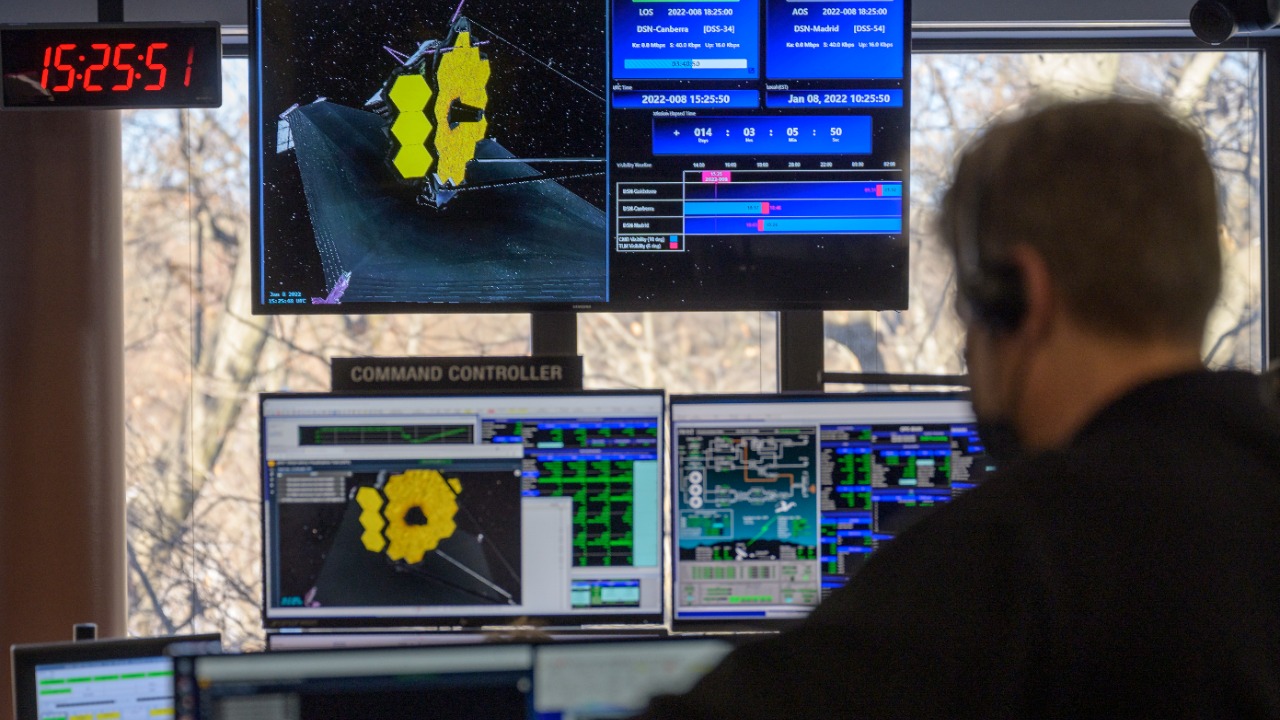
Planned experiments aim to test light-dark matter interactions, including upgrades to telescopes like the James Webb Space Telescope for high-resolution cosmic light analysis. These experiments could provide crucial data to verify the proposed light interaction mechanism (The Seattle Times).
If these “fingerprints” confirm dark matter’s electromagnetic role, it could refine the standard model of cosmology. However, challenges remain in verification, including distinguishing signals from astrophysical noise in upcoming data runs (Symmetry Magazine).